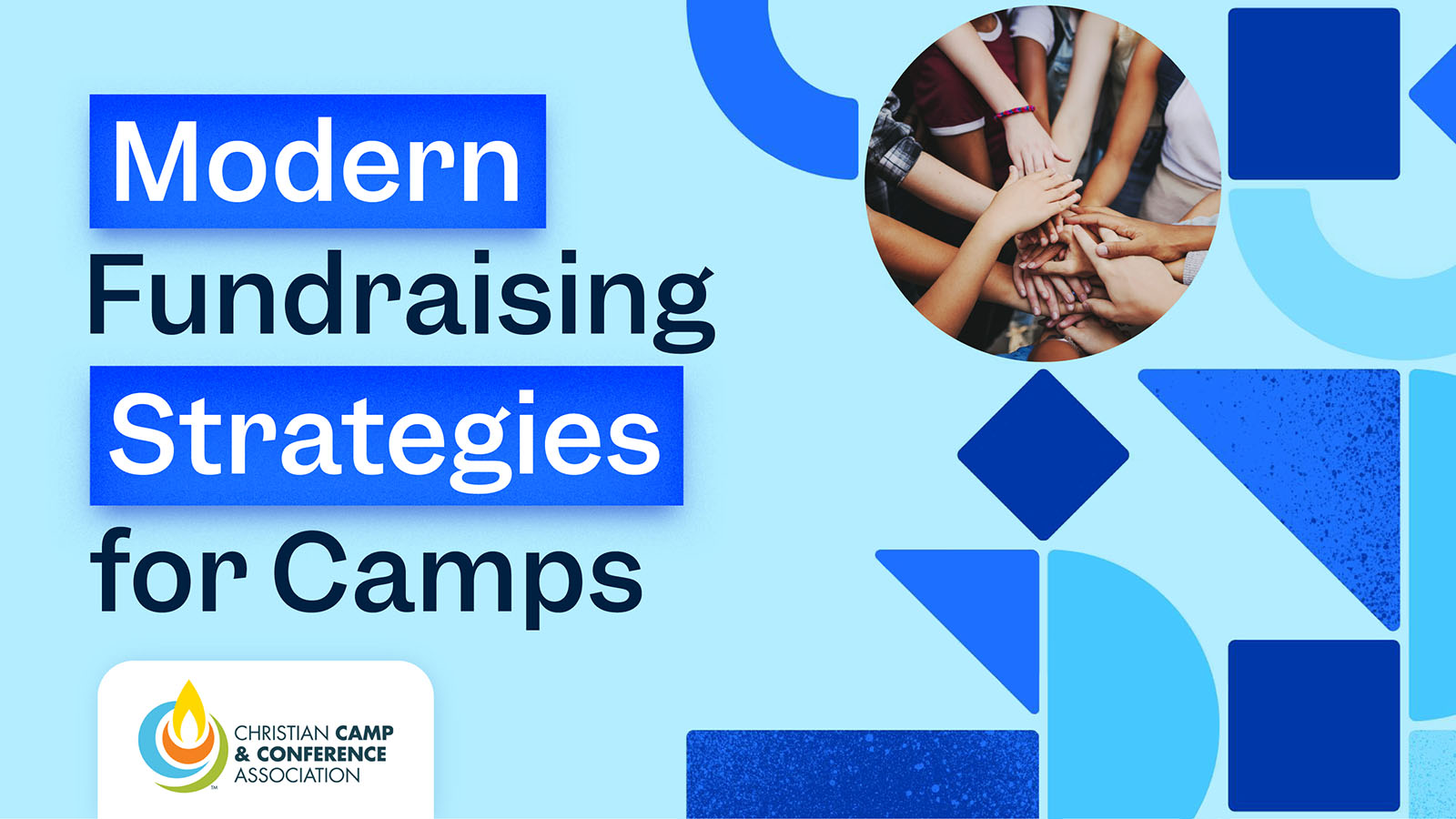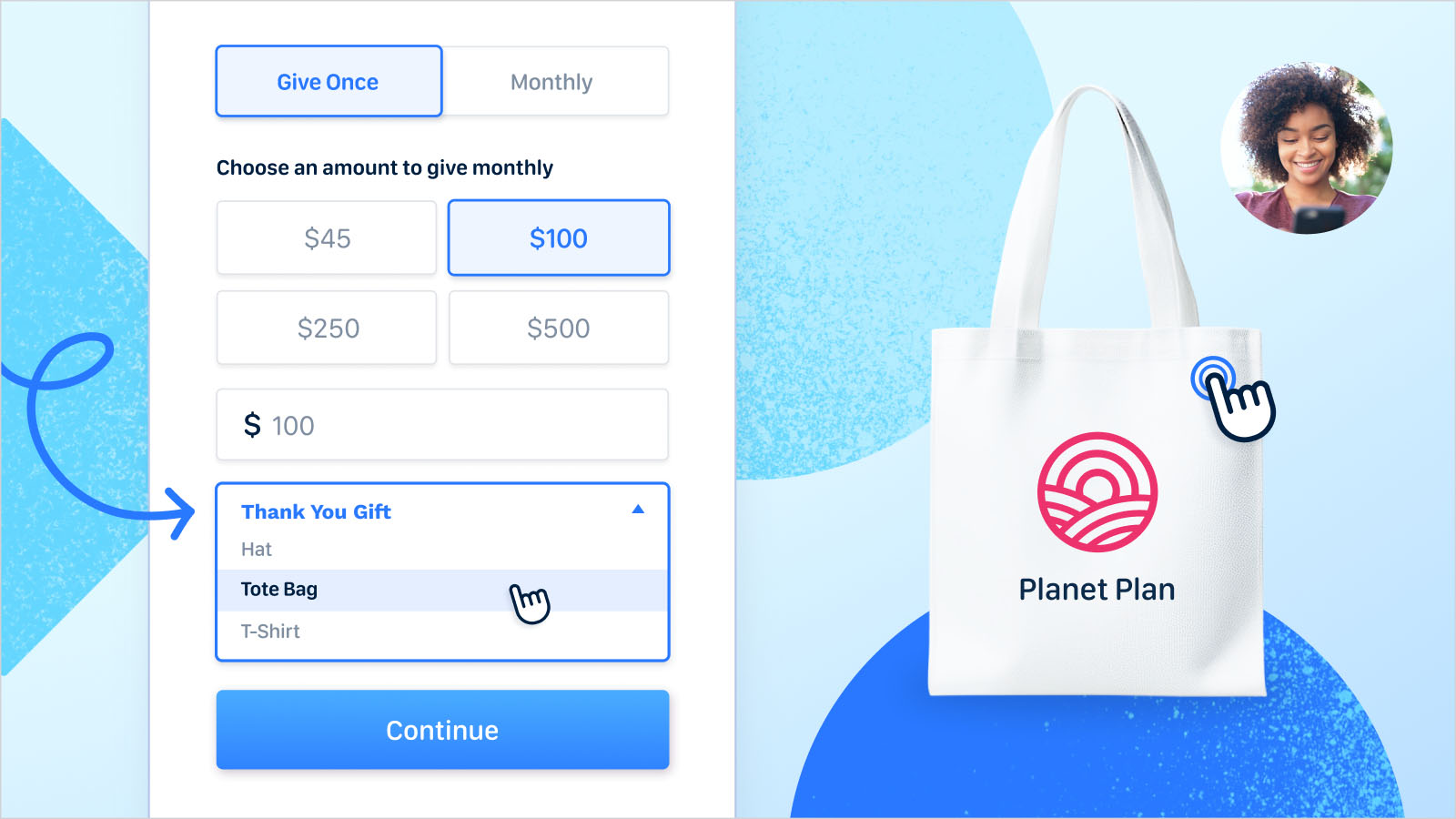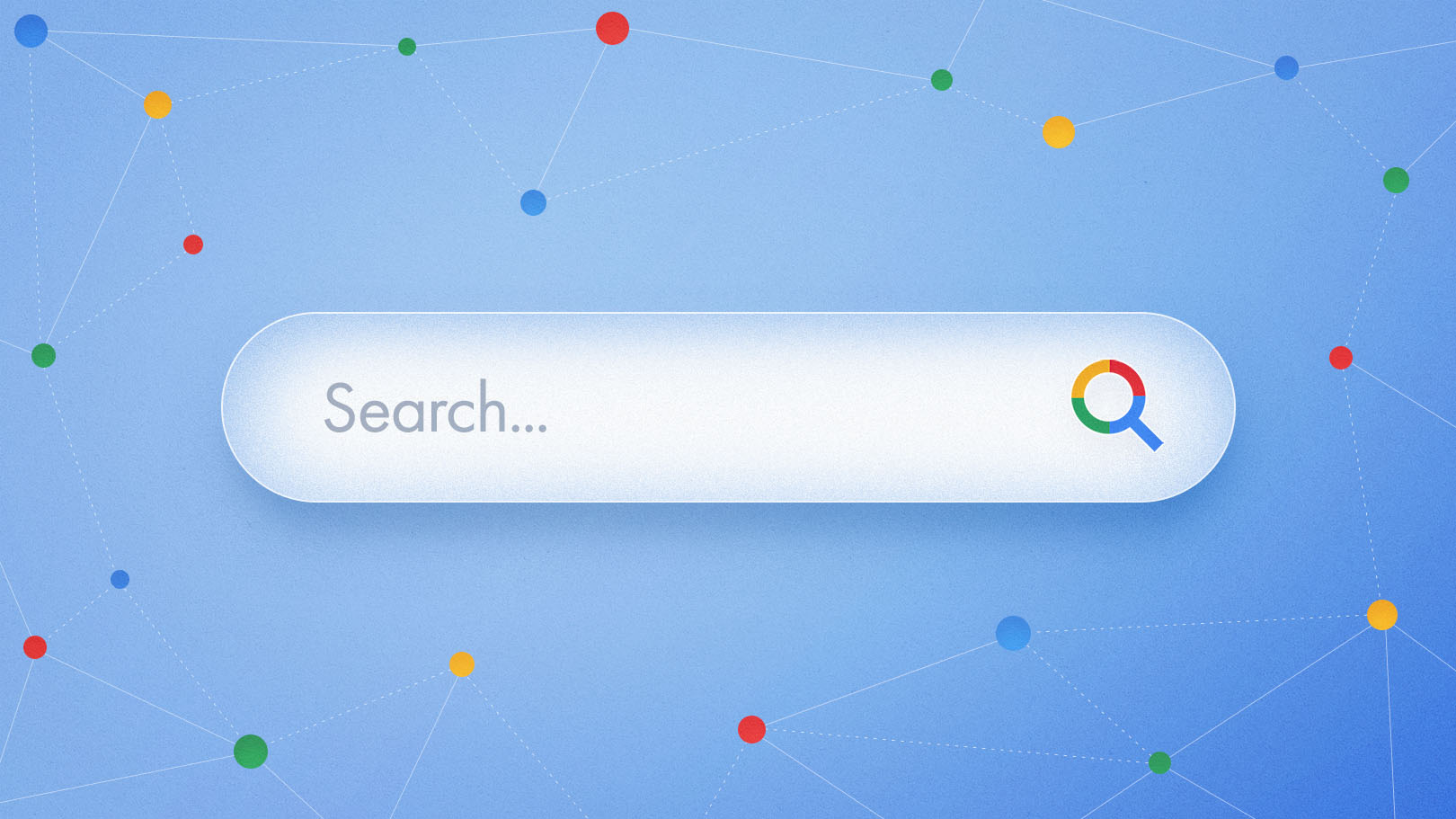Acquisitions: they're a regular and natural part of business life cycles. And that means they’re par for the course when it comes to your fundraising technology.
As an executive, I get it. But they can have big, rippling effects on customers: the people who rely on consistent usability, growth, and innovation from the tools they've chosen so carefully. So, what happens when those ripples turn into a tsunami?
When an acquisition's flood waters are threatening to leave your nonprofit high and dry, do you know what to do? How to mitigate the risk? When to move out of the way?
Let's go through it together, nonprofit friend, starting with the basics.
What is an acquisition and why do companies do it?
Well, the answer to the first question is pretty easy: An acquisition is when one company buys another.
The second one is a little stickier. In most cases, a company buys another for one of two reasons: revenue or product. In my experience, it's often a little of both.
When a company buys for revenue, they're looking to expand their potential future earnings. Sustain and enhance existing revenues. Increase their own value through numbers.
When a company buys for product, they're looking to increase their value through market share. And buying a company that already has that market share is like leapfrogging someone in line ahead of you: not only do you jump forward in line, but you take out someone that's standing in between you and your goal.
How to protect your nonprofit from the effects of an acquisition
Like we stated earlier, acquisitions are standard business practice, and there’s no right or wrong to them. As a customer, though, you don't have to just hang on and hope for the best. Here are some ways you can protect your nonprofit when you're working with a vendor that's been acquired.
Calculate your risk
When you, as a customer, are faced with an acquisition situation, it's important to decide how much risk you can absorb. This applies whether you're already a client of one of the companies (particularly the acquired company) or you're considering signing a contract.
With an acquisition comes lots of excitement and congratulations, and typically everyone's well-intentioned when it comes to customer treatment; however, this purchase was a business decision. At the end of the day, these businesses have to figure out how they'll recoup the costs of the acquisition and eventually turn a profit. This is an obligation the business has to its stakeholders, and it can sometimes—not always—come into conflict with your immediate interests as a user.
As you calculate the risk to your organization and therefore, your mission, answer these key questions to forecast what's to come.
Who's in charge?
Is the purchasing company taking over the reins or are the two companies keeping their leadership separate? If it's the former, the odds are much better that the company being bought out will eventually be absorbed. If it's the latter, will the parent company support new initiatives, or will they allow their investment to stagnate? Will they maintain critical auxiliary offerings, such as support and integrations?
Are they being proactive?
Is anyone reaching out to you to answer your questions and walk you through the changes that are going down? Or are you having to chase down someone to get vague answers and promises to follow up?
How did you hear about the acquisition? If you were a customer at the time of the acquisition, were you one of the first or the last to know?
Did they make any changes right away?
While an immediate hike in rates or reduction of service may motivate you to take your business elsewhere, these signs may not be as radical as they seem from the outside. It's possible that the purchasing company is rectifying less-than-optimal business practices so that their new investment is more stable.
Then again, it could mean that you should find a new provider...
How have they handled previous acquisitions?
A great indicator of what's to come is what's already happened. Do your own due diligence and look at what's happened to other companies or products that have been built or acquired by the new owner. Do they have a habit of phasing out companies that they buy, or do they proudly advertise these new brands within their core offerings?
Additionally, while you're checking things out, look at other historical indicators and actions—do they align with your nonprofit's values and mission? If not, this could be a sign that it's time to put your energy into researching the market instead of falling in line.
What does your contract say?
It's in your best interest to be clear about what your contract says. For example, maybe your contract has a material change of control clause, allowing you to revisit the contract in the event of a major change like an acquisition.
Take ownership of your data
I've seen it happen, and it's terrible: a platform sunsets a core feature without proposing any solution, and nonprofits are left scrambling to find a way to salvage their data. Don't let this happen to you. Regardless of the level of risk, take the time to back up your database offline and have a contingency plan to migrate data, like your recurring donors. Hopefully, you won't have to green-light your crisis plan, but it never hurts to be safe.
Look at the history
The best advice I can give you is that actions speak louder than words, and there's no greater indicator of future behavior than past actions. To help you see what I mean, here are four examples of real-life acquisitions.
Acquisition Example: GoFundMe acquires Classy
GoFundMe’s history of acquisitions points to their desire to break into the nonprofit fundraising industry. Here’s an overview:
2017: GFM acquires CrowdRise
2018: GFM acquires YouCaring
2019: GFM launches GFMCharity
2021: GFM shuts down GFMCharity
2022: GFM acquires Classy
2025: Classy is rebranded as GoFundMe Pro
Although GoFundMe is the largest fundraising platform for individuals, it has struggled in the past to provide a well-rounded tool accepted by nonprofit organizations. Its stated aims with each acquisition sound strikingly similar—typically, to join forces with a complementary platform for the benefit of its users. Will their newest conquest be different than the ones that preceded it? Time will tell.
Acquisition Example: Bonterra acquires Salsa Labs … and a lot of others
You could write a novella about the Apax Partner’s and, subsequently, Bonterra’s many social good acquisitions, mergers, and shutdowns. Here’s a basic timeline.
April 2021: EveryAction acquires GiveGab
June 2021: EveryAction acquires Salsa Labs
August 2021: Apax Partners acquires and merges CyberGrants, EveryAction, and Social Solutions.
January 2022: The new group acquires Network for Good.
March 2022: All six companies rebrand as Bonterra.
September 2022: Bonterra announces they’re shutting down Salsa Labs.
That’s a lot of changes in a short amount of time! Clearly, Bonterra and their ilk are trying to cover their bases by offering anything and everything under the nonprofit tech sun. But so far, the only significant change has been sunsetting Salsa Labs, without providing a lot of clarity around how other options will address clients’ needs. While no one (except, perhaps, some tech bros in a far-away tower) knows what will happen next, all this moving and shaking gives us more than a little anxiety.
Acquisition Example: Blackbaud acquires Convio
In 2012, Blackbaud acquired Convio, a nonprofit donation and donor management solution. Then, and now, Blackbaud is by far the largest nonprofit technology company and the only publicly-traded company in the space. Over the last decade, it’s hard to see how this acquisition by such a large company has benefited the nonprofits that use Convio—the product has not evolved at the pace of newer fundraising tools.
More concerning to nonprofit organizations was Blackbaud's decision to shut down two major Convio CRM solutions: Common Ground way back in 2012 and Luminate in 2021. Certainly, while these technologies are not what modern nonprofits expect in a platform today, their shutdown forced organizations to find new solutions and rebuild systems—requiring organizations to further invest in Blackbaud's core products or find new technology partners.
And even after all that, Blackbaud isn’t done shaking things up. In March 2023, they introduced “modernized renewal pricing.” What does that actually mean? Any customers renewing their contract will face a rate increase in the mid- to high-teens as well as an additional rate increase in years two and three (in the mid- to high-single digits). What’s more, most customers will need to sign three-year contracts going forward.
You can read more about how to deal with a price hike here, but the takeaway for any nonprofit faced with a Blackbaud acquisition is clear: Blackbaud remains the largest nonprofit technology provider, but if you’re looking for a trustworthy and reliable partner, it might be time to look elsewhere. After all, they’ve had 10 years to improve the Convio product, and all they’ve done is shut things down, leaving clients uncertain about what comes next.
Acquisition Example: Amazon acquires Whole Foods
Looking at the for-profit space, the well-known acquisition of Whole Foods by Amazon in 2017 highlights the opportunities for consumers when an acquisition goes well.
Whole Foods, which spent 40 years revolutionizing the organic supermarket industry, provided Amazon with an entirely new market to expand its business. For consumers, this acquisition brought the convenience of online shopping and home delivery of Whole Foods products—something many of us take for granted today.
Years later, Whole Foods remains largely independent in the mind of consumers as a trusted grocery brand. While some core Whole Foods customers may not have felt warmly about this move in 2017, looking back, it now seems to be a successful move for both Amazon and Whole Food customers.
Have a backup plan
When you rely heavily on a tool or depend on a platform that houses a lot of (sometimes sensitive information), you've got to have a backup plan and be aware that you may have to put your Plan B into place quickly. It's not unheard-of for a parent company to suddenly shut down databases that house critical information—like your recurring donors. Keep up with alternative options, costs, value, and products that could offer what you're looking for—or maybe even be a better fit.
The more deeply embedded this product or service is, the more important it is to have a backup plan.
Ask questions
Whether you're in a contract with a company that has been bought or you're considering entering into one, here are some critical questions to ask:
Was the company bought to acquire revenue (customer base) or product (features)?
If the answer is revenue, keep in mind that retention will be the new owner’s driving metric. It's natural for there to be turnover among the client base when a company comes under new ownership.
What that means for you: A common strategy to make up for lost revenue and grow that revenue metric is to increase prices for existing customers (you).
If the answer is product, your next step is to look at the new owner’s track record of managing their product suite and pushing toward innovation.
Sometimes they've tried and failed to build similar features themselves. (A relevant example is GoFundMe’s GoFundMe Charity product, which they sunset completely in September of 2021.) Other times, the company hasn't attempted to build the feature set at all but wants to expand its TAM (total addressable market) quickly and/or reduce competition by making a purchase.
Either way, it can often result in the new owners not having ample time to get to know their new client base (you) deeply enough to understand or anticipate your needs. GoFundMe, for example, has been very successful doing business with individual fundraisers but has not yet demonstrated the same ability when working directly with nonprofit organizations.
What this means for you: At the end of the day, you've got to have confidence that the key decision maker under the new ownership deeply understands your interests as a user and is incentivized to keep product and service quality high. They should also have a track record of success with any prior acquisition attempts.
What will this mean for your tech stack?
Or, in other words, what's going to change with the tool that you're using or are considering using?
If you sigh with relief when they say, "Nothing.", hold up. What happens down the road when "nothing" has been updated, the other tools you use have advanced beyond this platform, and you're paying inflated costs to access outdated technology?
Try this: When they say, "Nothing.", you follow up by asking these important questions:
- Will integrations be offered? At what cost?
- Will they offer access to additional product/feature sets? At what cost?
- What does the product roadmap look like under the new ownership?
- Will all components of the current stack (i.e., security, integrations, customer support) be maintained? What assurance can the new owner offer that that is the case?
Will the acquired company be dissolved?
Now, this one feels like a mind game, doesn't it? Because, first, how do they know? Oftentimes, it takes a year or more for big changes to go into effect, so, again, how do they know?
And who's gonna make this decision? Not the company that's been acquired, that's pretty much a given.
If, or when, the company under new ownership is dissolved, can they provide a timeframe or commit to a notice period?
These are big question marks, especially for nonprofit organizations—you're trying to change the world, not get bogged down in where your tech is going. And no matter what you hear, the reality is that the new owners may not yet be in a position to share these details openly, even with employees, which means your rep may not know the true answer.
Finally, if you're assured of anything concrete early on, that could be a sign that the company is giving out boilerplate responses while its true intentions remain obscured (even to its employees.)
These are still important questions to ask, so prepare yourself and go have the conversation.
What happens when a tool or platform you rely on is acquired?
There are some experts out there that'll caution you to plan for the worst; brace for impact. Call me an idealist, but that's not us—in fact, my advice, laid out above, is to prepare yourself for whatever comes downstream.
But you're here for the real scoop, so I've made a list of the good and bad things that you might see so you can rest easy.
Possible pros
- Maybe a small or targeted product will expand its offerings in a way you didn't expect or know you needed.
- The user community may have explosive growth.
- The product you use may be made more accessible.
- You may have access to new product integrations.
Conceivable cons
- A critical product may disappear into one you have no interest in, or become something completely different.
- Your customer service representatives may have less depth-of-knowledge about the specific product you use, meaning you're kinda on your own.
- Without significant investment in innovation, your platform may stagnate.
- You may lose access to add-on products or integrations.
- You may have to sign a new contract, re-establish billing accounts, and adjust your budget—just to get the same product you always had.
Or nothing. Yeah, maybe nothing changes.
Nonprofit tech acquisition takeaways
Are acquisitions good or bad?
Both! They're just business decisions.
How do I know if an acquisition will affect my organization?
The reality is that it will affect your nonprofit in some way. Tune out the noise and keep an eye out for signs that'll indicate what's to come.
How can I protect my nonprofit?
Prepare for the worst and hope for the best. Make sure you have a backup plan for products or services that are critical to your mission.
What should I do if an acquisition that sounded good burns me?
Talk to your representatives! See what the long-term plan is. If all else fails, reach out to other companies that provide the same service and see how they're welcoming users like you—because I guarantee they are.
And remember: acquisitions happen! But you aren't powerless when an acquisition is poised to rain on your nonprofit. Speak up, ask questions, and read between the lines so you can make the best decisions for your organization.































.webp)
.webp)











.webp)
.webp)

.webp)
.webp)
.webp)




